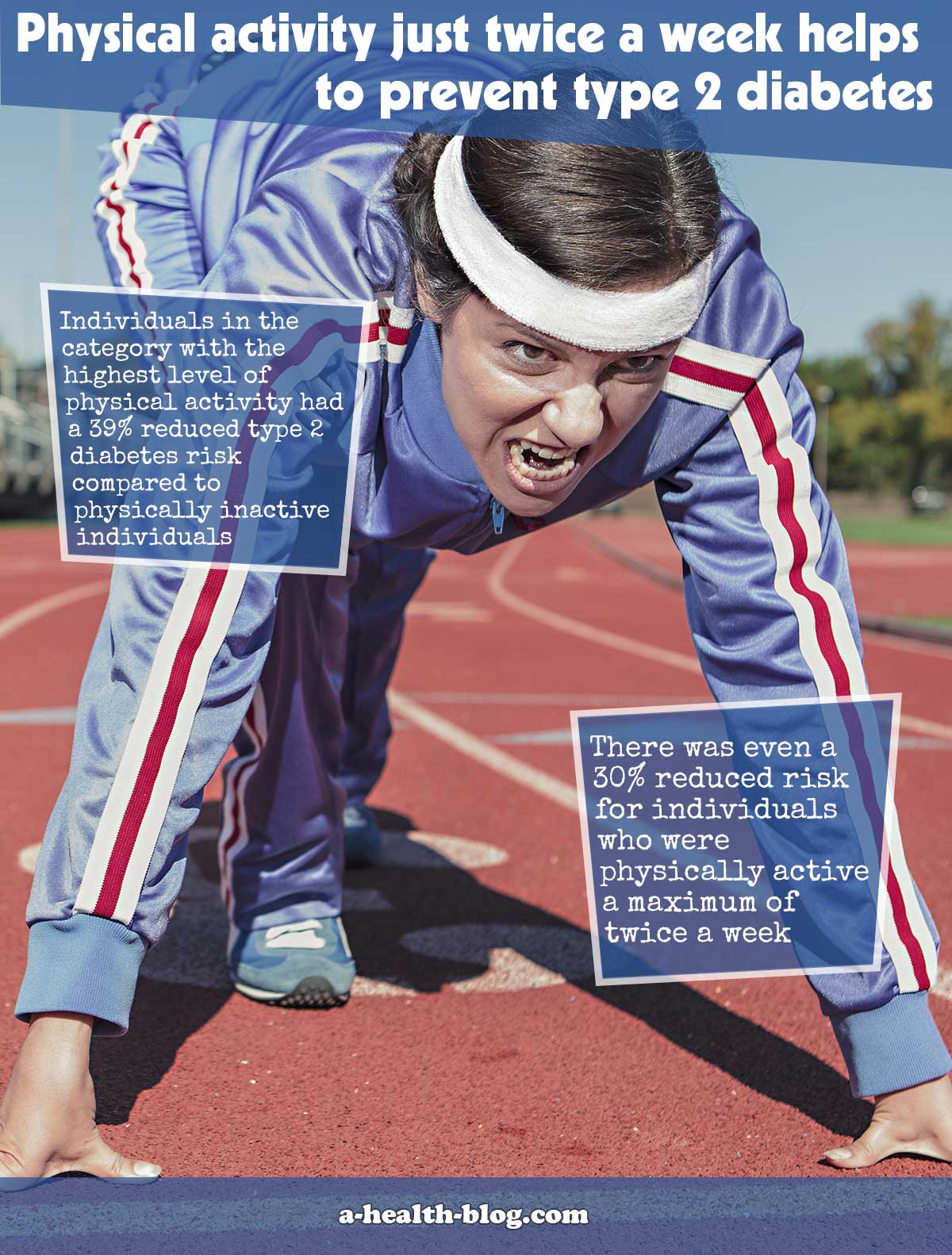A study shows that the metabolite profile of the body is significantly changed with regular physical activity, and a lot of these changes are linked to a reduction in type 2 diabetes risk. The study consisted of over 7,000 male participants who were monitored for 8 years.
Individuals in the category with the highest level of physical activity had a 39% reduced type 2 diabetes risk compared to physically inactive individuals.1✅ JOURNAL REFERENCE
DOI: 10.3390/metabo12010069
Physical activity was linked to a total of 198 metabolite levels, which are compounds formed resulting from the metabolism of the body, and increased physical activity affected some of the same metabolites which were previously linked to a health-promoting diet. The study also established that insulin secretion is improved with increased physical activity.
A total of 1,260 metabolites were analyzed from fasting glucose samples taken from the study participants. The physical activity and metabolite profile association hasn’t been studied this thoroughly or in such an extensive group before.
The researchers examined the relationship of physical activity with the participants’ metabolite profile, insulin secretion, insulin sensitivity, and type 2 diabetes risk. At the start of the study, none of the individuals had diabetes.
They completed a physical activity questionnaire at the beginning of the study and 8 years later again. They also had an oral glucose tolerance test and a fasting glucose sample was used for analyzing their metabolites.
The participants were grouped into 4 categories according to their physical activity: physically inactive individuals, only occasionally physically active individuals, regularly but only twice a week physically active individuals, and regularly a minimum of 3 times a week physically active individuals. A minimum of 30 minutes was determined to be a single session’s duration of physical activity.
Physical activity was linked to a total of 198 metabolite levels. The levels of several lipids were changed with physical activity in a way that has been linked to a reduced risk of type 2 diabetes in prior research.
The researchers identified completely new metabolic biomarkers linked to physical activity, in particular amino acids, imidazoles, hydroxy acids, carboxylic acids, and steroids.
During the follow-up, there was a 39% reduced risk of getting type 2 diabetes for the most physically active individuals, and even a 30% reduced risk for individuals who were physically active a maximum of twice a week, in comparison to physically inactive individuals. Individuals who increased physical activity throughout the follow-up had lower fasting glucose and insulin levels, as well as improved insulin sensitivity and insulin secretion.
In spite of several studies on the matter, the physical activity and insulin secretion relationship has remained unclear, and this study confirms that insulin secretion is improved with increased physical activity.






